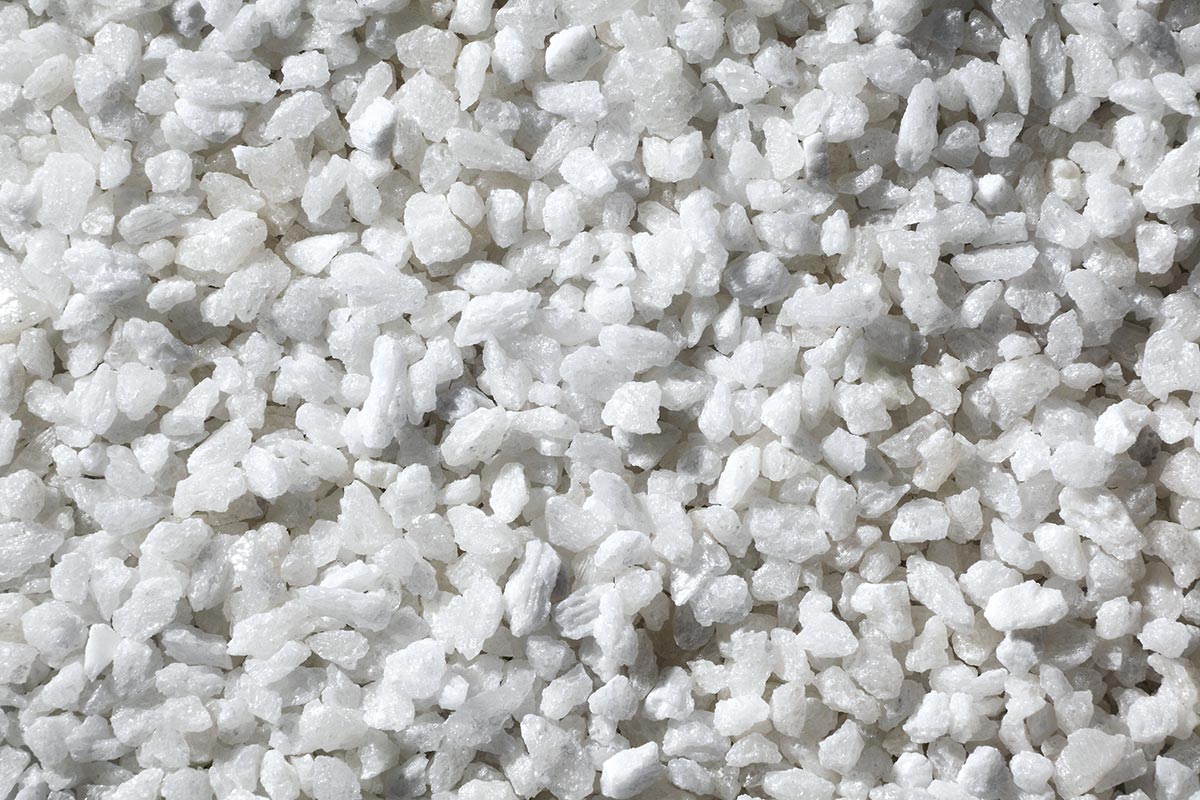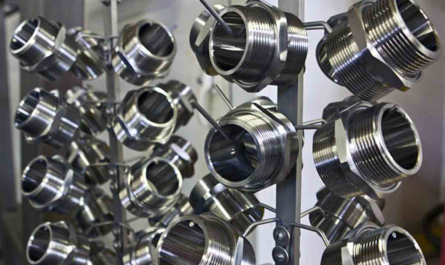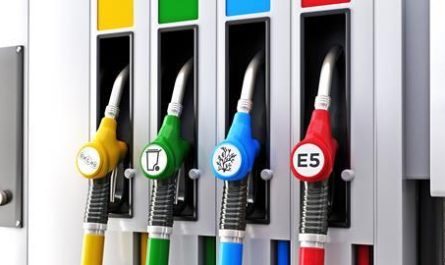Aggregates form a key constituent in concrete and other construction materials like asphalt and mortar, providing durability, thermal insulation and resistance against wear and tear. Conventional aggregates like crushed stone have served the construction industry well for decades. However, their abundance is decreasing due to rapid infrastructure development. At the same time, demand is rising owing to population growth and urbanization. This has led material scientists and manufacturers to explore alternative aggregates that can supplement or replace conventional ones. One such emerging category is high alumina aggregates.
What are High Alumina Aggregates?
High alumina aggregate or HAA refers to aggregates produced using bauxite or other natural materials rich in alumina content. Alumina (Al2O3) is an oxide of aluminum found in many rocks and minerals. HAA is produced by heating bauxite or alumina-rich clays at high temperatures above 1300 °C. This results in aggregates with high thermal, chemical and mechanical properties compared to conventional aggregates. HAA retains its angular shape and high crush strength even after sintering at high temperatures. Some key characteristics of HAA include:
– Hardness: HAA has a Mohs hardness of 7-8, higher than commonly used aggregates like granite and limestone. This translates to excellent wear resistance.
– Crush Strength: Compressive crush strength of High Alumina Aggregate can exceed 700 MPa, much higher than normal aggregates allowing thinner concrete sections.
– Thermal Stability: HAA remains dimensionally stable up to 1300 °C, providing fire resistance in structures.
– Chemical Resistance: High alumina content makes HAA highly resistant to acids, alkalis and other corrosive solutions.
– Low Density: Typical density of sintered HAA is around 2.5-3 g/cm3, lower than normal aggregates. This provides a weight advantage for construction.
Advantages of Using High Alumina Aggregates
The unique properties of HAA offer significant advantages for construction applications:
Durability and Service Life:
HAA concretes last longer and require less maintenance due to greater wear, impact and thermal resistance of the aggregates. This directly reduces lifecycle costs of structures. Assets like pavements, dams and retaining walls made with HAA endure heavy loads and harsh climates better.
Thinner Sections:
The huge compressive strength of High Alumina Aggregate allows design of thinner, more cost-effective concrete sections for the same load-bearing capacity. This is a big advantage for constructions with space constraints.
Fire Resistance:
HAA maintain structure integrity at high temperatures, providing critical fire protection for buildings, tunnels, oil and gas facilities prone to fires and heat accidents. Concrete roads made with HAA won’t spall or deteriorate under vehicle fires.
Corrosion Protection:
Higher alkalinity and density of HAA concrete protects reinforcing steel from corrosion induced cracking, expansion and potholing – a major cause of infrastructure deterioration. Coastal and industrial structures last much longer.
Eco-Friendly:
Being a supplementary natural pozzolan, HAA concretes require less cement content to achieve strength. This lowers carbon footprint of construction remarkably. Utilization of industrial wastes like bauxite tailings for HAA production gives an eco-friendly edge.
Applications
Due to the superior properties demonstrated above, applications of high alumina aggregates are growing rapidly in infrastructure and construction:
– Roads and highways: HAA concrete roads, vehicle & aircraft runways require less repairs and replacements over time.
– Marine Structures: Jets, quays, sea walls, bridges built with HAA concrete perform well in corrosive coastal environs.
– Industrial Plants: Power plants, refineries value fireproof and chemical resistant properties of HAA for critical structures.
– Water Resource Projects: Dams, canals, hydraulic structures rely on high durability of HAA against weathering and hydro-abrasion.
– Thermal Power Projects: Flue gas desulphurization units, cooling towers, boiler structures employ heat resistant HAA concrete.
– Precast Components: Prefabricated segments, blocks, pavers manufactured with HAA gains popularity.
*Note:
1. Source: Coherent Market Insights, Public sources, Desk research
2. We have leveraged AI tools to mine information and compile it




